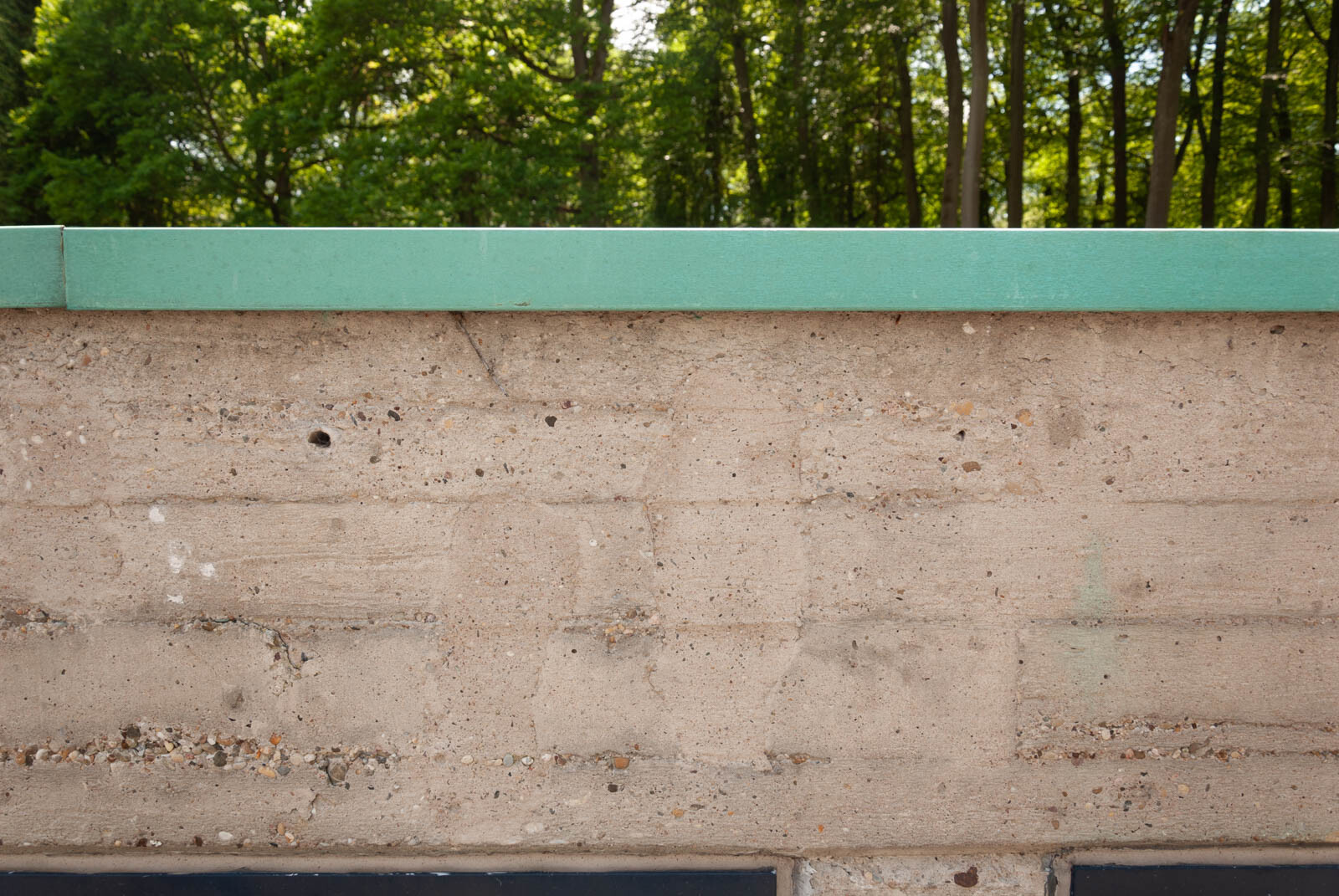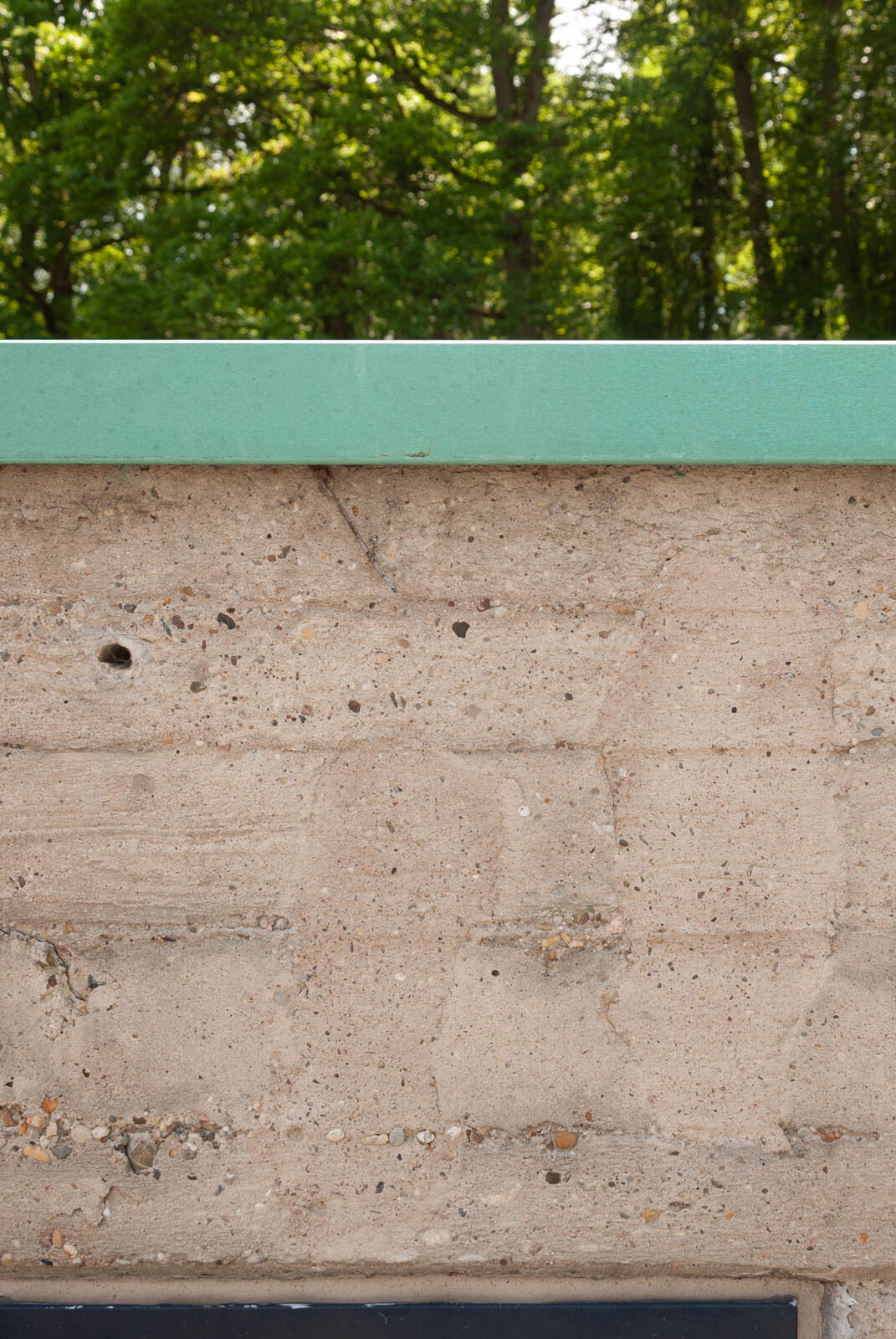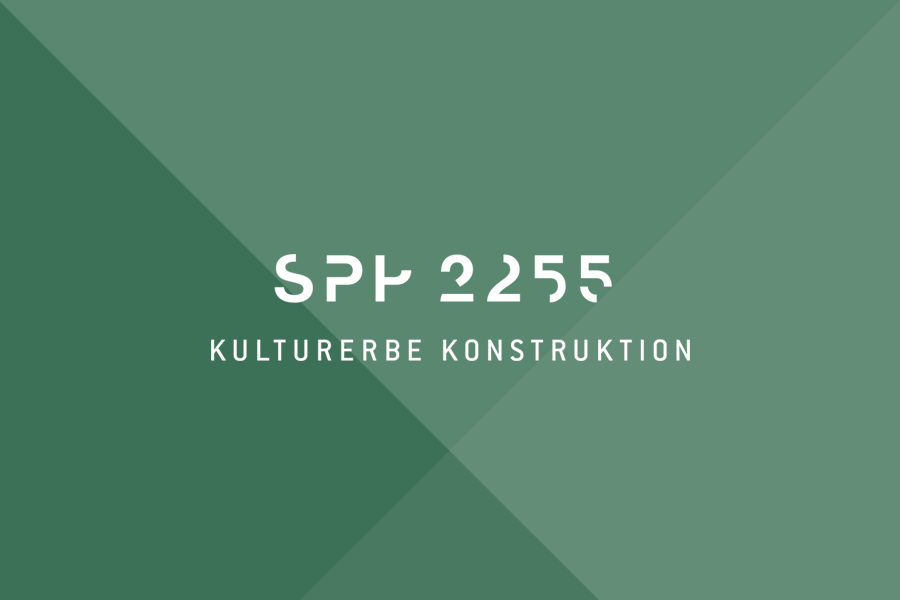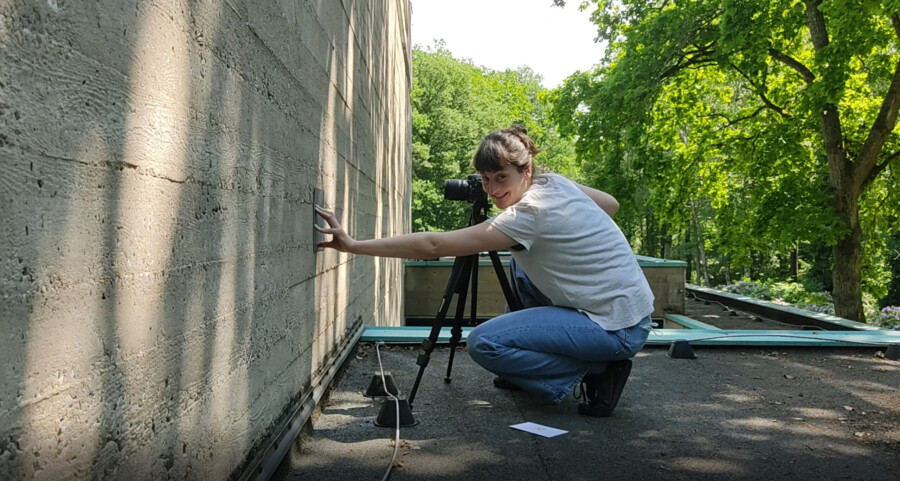How to deal with historical concrete repairs? – Evaluation and handling of previous repair measures for exposed concrete buildings of the High
The aim of the project is to evaluate previous repairs of exposed concrete structures of the High Modernity, both in terms of building heritage conservation and in terms of construction, and to develop strategies for handling them. A view of the repair of the concrete structures allows new insights into the paradigmatic construction method of High Modernity.
The basis of the project is first of all a reworking of the history of concrete repair in Germany, with the focus on the phase after 1945 and before 1990. From a historical perspective, the development and formation of a technical standard, such as that of the DAfStb RL SIB 1990-92, is of particular interest here. Which actors from which areas with which issues and interests were significantly involved and have shaped today’s regulations? What other approaches, for what reasons, have not found their way into the standard-formation process? In addition, essential repair products (substance composition, applications, producers) and methods of building diagnostics are to be identified and evaluated according to historical literature.
These findings are to be empirically verified through the case studies and investigations on the object. In the context with the historical overview to be developed, new insights result for the preserved handling of the objects of the case studies themselves. What diagnostic methods can be used to evaluate previous repairs today? Which procedure and which products correspond to the technical and technical possibilities of the time? Ultimately, the question also arises as to the relationship between the previous efforts to repair / maintain and the technical / public reception and evaluation of the concrete structures. Especially in the case of concrete repairs, the basic categories of “authenticity” and “integrity” form the main poles of the discourse.
How can the heritage-preservation guidelines be combined with engineering optimization efforts in terms of durability, rectification of defects or structural stringency? The development of a scientifically profound, methodological guide to the assessment of the early concrete repairs in terms of construction and preservation of monuments serves, on the one hand, to establish practices and procedures for the appropriate handling of the historical tradition of these buildings. This will give new impetus to international discussions on guidelines and rules. On the other hand, it also requires the development of a “common language” and an understanding of different technical perspectives and interests between civil engineers, architects, preservationists /conservators. It is only from such a problem-oriented, interdisciplinary cooperation that a technically and culturally-scientifically reflected concept of monument for the heritage of the modern develops.









